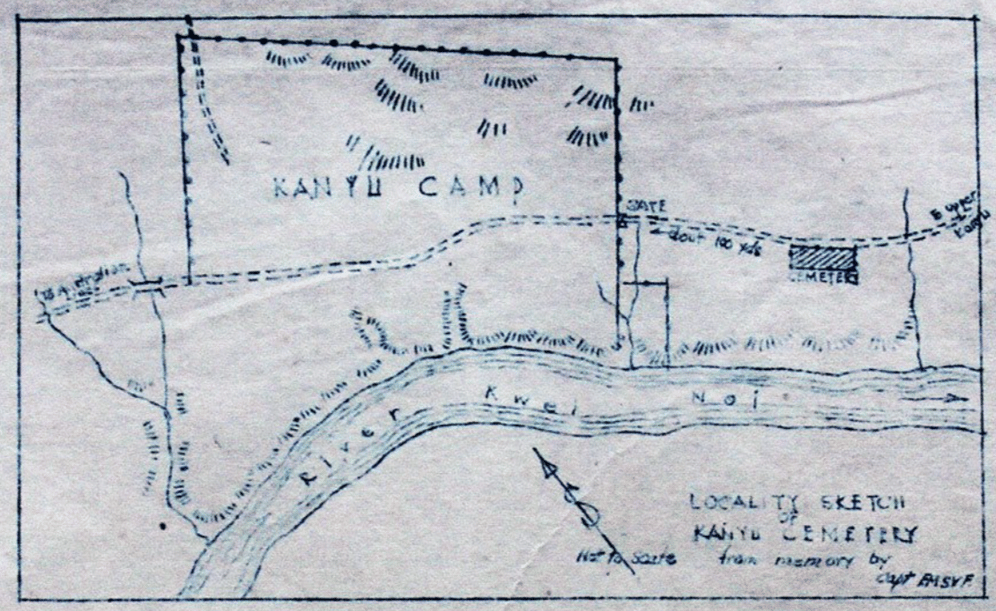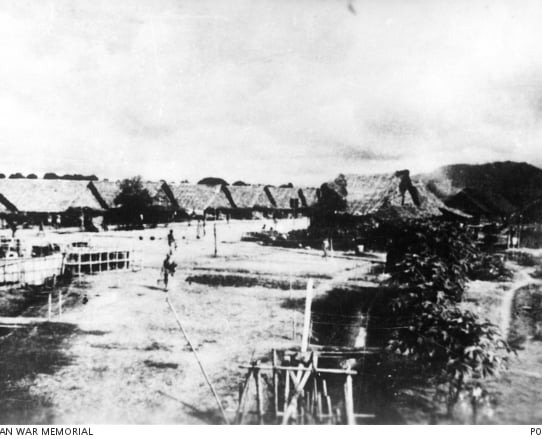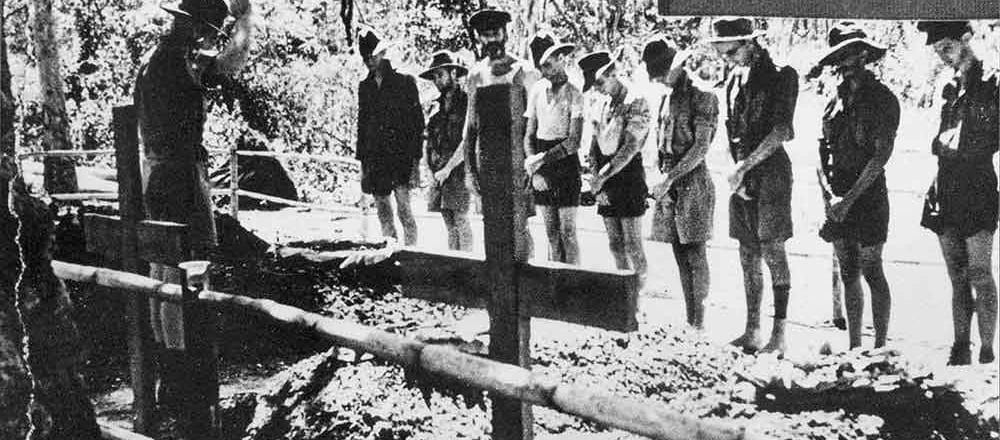
The Kannyu River Camp
You didn’t come this far to stop
Episode 17: The Kannyu River Camp
The St Andrews Research Team embarked on a journey to explore the site of the Kannyu River Camp, a significant location along the Weary Dunlop Trail. As we venture into the heart of this camp, we compare drawings from the time period to the present-day terrain, revealing a striking match between the two.
DUNLOPS RESEARCH TRIP 1WEARY DUNLOP TRAILIN THEIR FOOTSTEPS BLOGWW2 HISTORY
Toursofwar.com
2/2/20242 min read
Arrival at Kannyu River Camp
In January 1943, Dunlop Force arrived at Kannyu River Camp, marking a pivotal moment in their journey. Despite the challenges they faced, the team's unwavering resolve and resilience in the face of adversity serve as a testament to the indomitable human spirit.


Confronting the Harsh Realities
Upon reaching Kannyu River Camp, Dunlop Force found themselves thrust into an environment characterized by oppressive heat and relentless demands. With meager provisions and inadequate shelter, they were forced to contend with the harsh realities of their captivity.
Dunlop Force's Resilience
In the crucible of Kannyu River Camp, Dunlop Force demonstrated remarkable resilience. Their unwavering determination in the face of adversity stands as a testament to the unbreakable spirit that defined their resolve amidst the trials of captivity.


Additional Insights from Historical Records
Java Party 5, 6, 8 & 9 consisted of 16 train loads of 625 each, departing from Singapore during January and February 1943. The party included 8,750 Dutch and 1,250 other nationalities.
Java Party 3000 consisted of 2,831 Dutch and 169 other nationalities, leaving Singapore in 5 train lots of 650 between April 13-17, 1943.


Drawing from historical records and accounts, including those by John Wisecap, sheds further light on the experiences at Kannyu River Camp. Details about the Java Party movements, the composition of forces, and the challenges faced by POWs provide a deeper understanding of the camp's significance and the hardships endured by those who were stationed there.
The total number of military POWs in Thailand was 61,811, with 12,619 deaths. The British had the highest number of POWs (30,131) and deaths (6,904).
The total number of civilian slaves in Thailand was 177,700, with 85,400 deaths. The Burmese had the highest number of slaves (90,000) and deaths (40,000)
